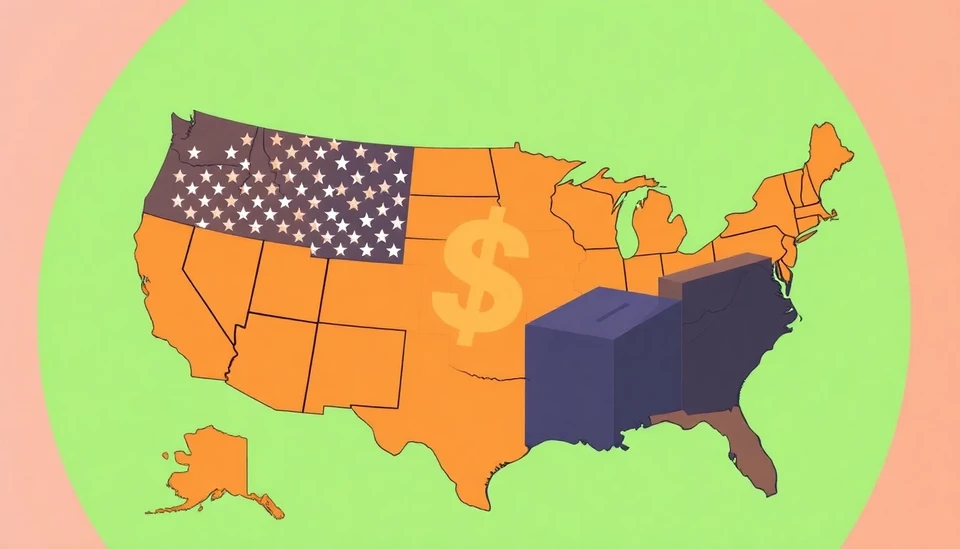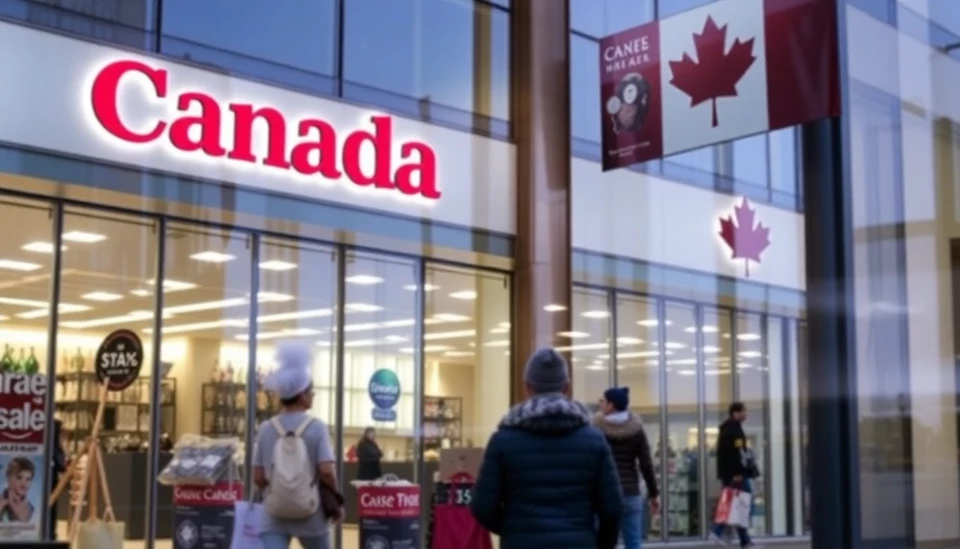
In a notable development for the U.S. economy, retail sales experienced broad advancements in December, reflecting increased consumer spending confidence. This surge in retail activity comes on the heels of revised data from previous months, which underscored a more optimistic annual outlook for consumer purchasing habits.
According to the latest figures from the Commerce Department, retail sales climbed by 0.6% in December, surpassing economists' anticipations. When including upward revisions from October and November, the overall retail sales trajectory points to a resilient holiday shopping season. The annualized growth rate for retail sales is now expected to exceed previous estimates, providing a promising sign for economic recovery heading into the new year.
The positive movement in retail is largely attributed to a variety of factors, including strong online sales, consumer resilience in the face of inflation, and a resurgence in automotive sales. Notably, the auto sector reported a notable rise, as manufacturers began recovering from supply chain disruptions experienced earlier in 2023. This recovery played a significant role in boosting overall sales numbers, indicating a shift toward normalization in vehicle inventory levels.
Consumer confidence appears to be rebounding as well, backed by a labor market that remains robust. Falling unemployment rates and rising wages have enabled households to allocate more funds toward discretionary spending, which in turn has resulted in increased purchases across various sectors, from apparel to electronics.
Despite this hopeful outlook, analysts caution that potential economic headwinds loom on the horizon. Persistent inflation concerns and the prospect of interest rate hikes from the Federal Reserve could temper consumer enthusiasm. Interest rate adjustments are aimed at addressing inflation, which has proven stubbornly high, causing some uncertainty regarding future spending patterns.
The implications of these retail sales dynamics are significant, not only for consumer confidence but also for broader economic policies. The Federal Reserve will likely incorporate these sales figures into its upcoming monetary policy decisions, balancing the need to sustain growth while combating inflationary pressures.
As we move into 2025, the trajectory of retail sales will be closely monitored as an indicator of consumer health and overall economic stability. The positive trend seen in December marks a critical juncture, as businesses hope to build on this momentum in the coming months.
In summary, the latest retail sales report provides a glimmer of optimism for the U.S. economy, highlighting consumers' willingness to spend despite ongoing economic challenges. As the situation evolves, stakeholders will remain vigilant, analyzing trends and gauging the potential impact on future economic policies.
#RetailSales #ConsumerSpending #USEconomy #EconomicGrowth #Inflation #FederalReserve #HolidayShopping
Author: Rachel Greene




